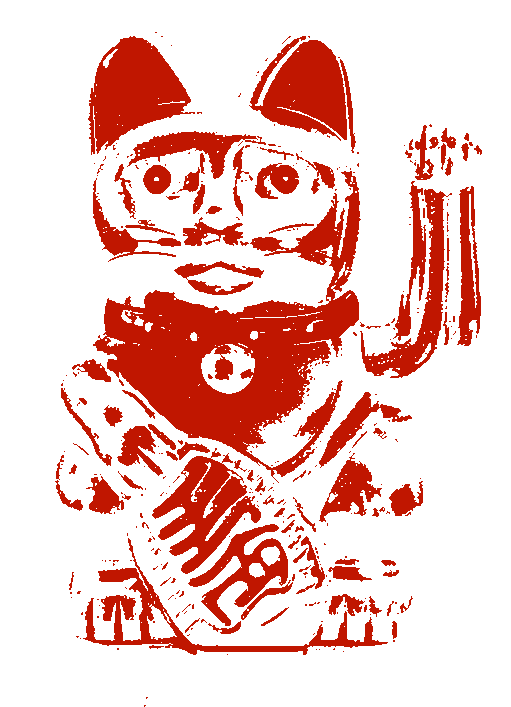Locals only
Role: Product Designer
Product Design, User research, Prototyping, User Testing
2022
Flagstaff, AZ
Locals Only is a music app built exclusively for Flagstaff’s homegrown talent. It gives local bands a platform to promote their music and shows—no big labels, just local passion. Discover, follow, and support the artists in your own backyard.
Overview
The Problem:
Local bands in Flagstaff, Arizona struggle to gain exposure and connect with new audiences, while music lovers often lack a centralized way to discover local talent and live events. We identified an opportunity to bridge this gap by designing a dedicated app that promotes Flagstaff’s local music scene—making it easier for fans to find local bands and for artists to grow their presence within the community.
The Goal:
The goal of this project is to design a local music promoter app that allows users to discover upcoming music events in Flagstaff and purchase tickets directly through the platform. By informing and engaging local music fans, the app aims to increase awareness and attendance at live shows. Success will be measured by tracking changes in event attendance and engagement with featured local bands.
Understanding the User
User Research Summary
Interviewed Flagstaff residents to explore their needs around the local music scene.
Found strong demand for a centralized platform to discover local bands and events.
Users were frustrated by the lack of visibility and reliable event info.
Post-COVID, live music is growing with new bands and reopened venues, but no digital tools exist to support this resurgence.
Shared the Phoenix-based “Psycho Steve” site as inspiration—users responded well and expressed interest in a similar app for Flagstaff.
1
Identifying participant’s pain points
Music lovers are often times unaware if shows will have a cover fee or if it is 21+.
Creating Personas
Problem statement:
Lucy Gonzalez is a young coffee shop manager who enjoys the Flagstaff music scene but has a difficult time knowing in advance when to take off for work.
2
Music lovers also have a difficult time keeping track of concert dates so that they can take off work.
User Journey Map
Lucy Gonzalez, a busy professional, struggles to keep up with local showtimes due to her demanding work schedule. She needs a simpler, more organized way to discover and plan for local concerts.
To support users like Lucy, we propose the following features:
Genre and band filters to quickly find shows that match her musical interests.
Integrated calendar view to easily see what events are happening on specific dates.
“I’m Going!” button that allows users to save events to their account for easy access and reminders.
These features aim to make event discovery and planning more convenient for users with limited time, ultimately increasing engagement and attendance.
Music lovers are unaware of the multitude of local bands and shows that take place in Flagstaff.
4
It is difficult for music lovers to sort through various different genres of music to find the ones that they are interested in.
3
starting the design
Paper wireframes
Based on key pain points identified during user research, I began developing paper wireframes to address user needs and streamline event discovery.
Early design concepts included:
A Calendar Page that allows users to view upcoming shows by date, making it easier for busy users to plan ahead.
A personalized "For You" Page that curates a list of recommended shows based on the user’s favorite bands and preferred genres.
These wireframes were guided by feedback from research participants and focused on reducing friction in finding relevant local music events.
Digital Wireframes
After sketching initial paper wireframes, I translated my designs into digital format using Figma. This transition allowed me to better evaluate layout, usability, and visual hierarchy.
One key design decision that emerged during this process was replacing the hamburger menu with a bottom navigation bar. This change was made to improve accessibility and make key features—like the calendar and personalized recommendations—more immediately visible and easier to access.
Iterating in Figma helped me quickly identify what was working and what needed refinement, ensuring a more intuitive and user-friendly interface.
Validating the Design through usability testing
After conducting usability testing with multiple participants, I interviewed each with a series of questions. I discovered:
Users expressed a strong desire for more profile customization options to better personalize their experience.
There is a need for additional ticket delivery methods, as current options feel limited.
Participants were confused by the Flagstaff Music Blogs tab, indicating unclear labeling or content that does not meet user expectations.
Developing the designs
I created a high-fidelity prototype of my completed design in Figma
Key Takeaways
Impact:
This app will create local music more accessible to everyone in the city of Flagstaff.
A quote from user feedback:
“This app is going to put the Flagstaff music scene on the map!”
What I learned
Collecting feedback from users and peers is essential to building an inclusive, user-friendly experience. It ensures that diverse needs are heard and addressed throughout the design process.
The ideation phase plays a critical role in translating that feedback into meaningful solutions—laying the foundation for designs that are not only functional, but genuinely resonate with the community.






